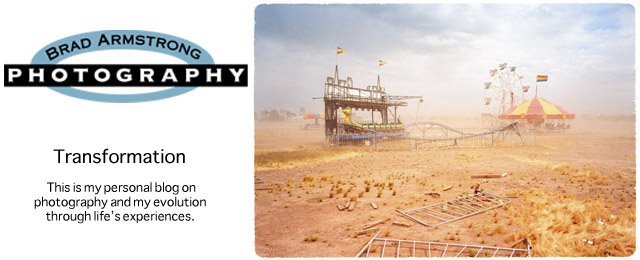


This is Pastor Vermon Pierre of the Roosevelt Community Church. I photographed the Pastor for a project I’m involved in called 26 Blocks. For complete information on the project go to http://www.26blocks.com.
It’s a project where 26 of the Valley’s top professional photographers were paired with 26 of the Valleys best writers. There’s a sculpture involved and a team of people behind the scenes who helped put it together. Phoenix writer, Joey Robert Parks http://www.joeyrobertparks.com/ is the individual who created the project.
Each photographer os paired with a writer and we were given a block in downtown Phoenix to document. There are 26 preselected blocks in downtown Phoenix we are documenting. The ssignment was to be fulfilled by us from April 1, through April 31, 2010.
I was paired with novelist Betty Webb. http://www.bettywebb-mystery.com/bio.html. Betty and I worked together at the Tribune Newspaper many years ago. It was good to work with her once again.
We were given block C. That's roughly Roosevelt and 1st street in Phoenix. There’s a church on the corner so Betty and I decided the Roosevelt Community Church would be our focus.
We had total creative liberty to do what ever we wanted. The only rules were no more than 4 pictures and no more than 500 words.
At the end of the project, the photographers are given a canvas 24” by 36”. All images are to go on one canvas. My final project has three different pictures on it. I can’t reveal what my final piece looks like but Pastor Vermon is one element of it.
Corporate sponsor Artisan Colour, http://artisancolour.com/ is doing all the printing for the project. We were invited to an open house last week to tour the facility. It’s an incredible facility that has transitioned from film to digital very well.
During the party they had a large monitor set-up with a scrolling video of everyone's work. The variety of work is unique to each person and absolutely stunning.
There will be a 26 Blocks Gallery Exhibit and Opening May 7th at the After Hours Gallery in Phoenix. http://www.afterhoursgallery.com/index_26blocks.html
This is a great exhibit so please come if you’re in the area.






